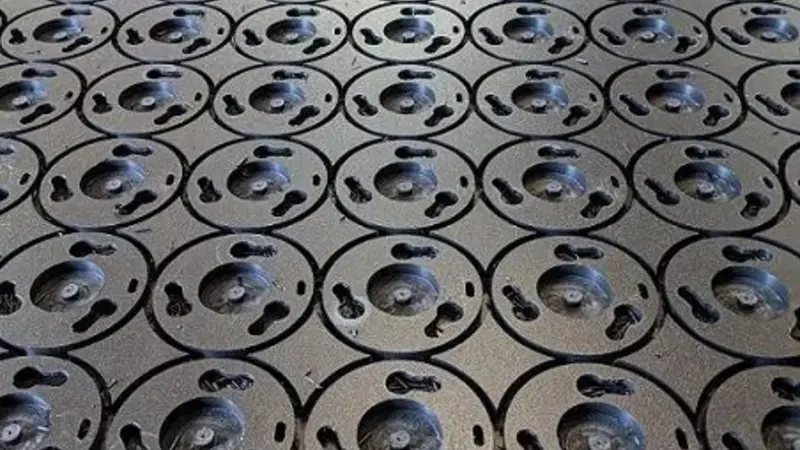In all types of systems, from residential plumbing to compressors and equipment, there is a need to have the ability to reliably shut off the system. When it comes to flows that are under pressure, such as air or gas, or even high-pressure liquids, the reliability and durability of the shut-off mechanism is critical.
There are many different types of shut off valves. The key factor to remember is the design of these valves is not to control or regulate the flow through the system, but rather to provide an off or on option. At the same time, partially engaging the valve plunger with the lever or handle can allow for rough flow control through the system. This is not recommended with these valves, as it can cause the plunger to vibrate, damaging the full sealing ability of the valve over time.
The most commonly used types of shut off valves in all types of systems include ball valves and gate valves.
Ball Valves
Ball valves are popular as shut off valves due to their simple operation. They are a quarter turn valve, typically with a lever, which either allows the hole bored through the interior ball to allow the flow through the valve, or it completely shuts it off.
These valves are easy to use and visually check to ensure they are open or closed. When the lever is parallel to the pipe or tubing, the valve is fully open. When the lever is horizontal to the pipe, the valve is completely closed.
Gate Valves
Gate valves have a handle that is turned to drop a gate into the valve body to stop the flow of water or turned counterclockwise to open the valve and allow flow through the valve. It is more difficult to tell if a gate valve is open or closed, so they may not be as frequently used in applications outside of plumbing or equipment applications.



